 |
Key Takeaways for Understanding and Comforting a Fearful Dog:
|
| Helping a fearful dog requires patience, understanding, and consistent care. Identify the causes and signs of fear, build trust through routines and positive reinforcement, and provide a safe space for comfort. Gradual desensitization and counter-conditioning help dogs overcome triggers at their own pace, while tools like anxiety wraps and calming aids offer additional support. Avoid forcing confrontations or punishing fearful behaviors, as these can worsen anxiety. For severe cases, professional guidance ensures effective solutions. You can help your dog gain confidence and transform fear into trust with love, compassion, and the right strategies.
This article shares practical techniques to guide your dog toward a calmer, happier life. |
|
Understanding Fear in Dogs
Before addressing how to help a fearful dog, it’s crucial to understand the nature of fear. Fear can present itself in various ways, depending on the dog’s temperament, past experiences, and the severity of the fear. Recognizing fear’s signs and root causes is the first step toward helping your dog feel more secure.
Common Causes of Fearful Dog Behavior
| Cause | Description | Impact on Behavior |
| Lack of Socialization | Inadequate exposure to different environments, people, or animals during critical developmental stages. | Leads to fear of unfamiliar situations, objects, or individuals. |
| Past Trauma | Negative experiences such as abuse, neglect, or abandonment. | Can cause deep-seated fear, mistrust, and anxiety in various situations. |
| Genetics | Some breeds or specific lineages have a genetic predisposition to anxiety and fearful behavior. | Inherited fearfulness or nervous tendencies. |
| Fear Imprinting | Dogs can develop lasting fears if they encounter a traumatic event during key developmental periods (e.g., puppyhood). | Results in lifelong phobias or heightened sensitivity to specific triggers. |
| Inconsistent Environment | Unstable or unpredictable living situations, such as frequent moves or changes in owners. | Causes uncertainty and heightened anxiety in everyday interactions. |
| Lack of Positive Experiences | Limited positive reinforcement or rewarding experiences during interactions. | Can lead to fearfulness or hesitation in exploring new environments. |
| Medical Conditions | Pain, illness, or neurological issues can lead to fearful behaviors. | Physical discomfort can manifest as anxiety or fear. |
| Negative Association | Associating certain stimuli (e.g., loud noises, specific objects) with unpleasant outcomes. | Triggers fear responses whenever the stimulus is present. |
Identifying the signs of fear in dogs is essential for effectively addressing the problem. Here are some common signs of a fearful dog:
- Trembling, shaking, or cowering
- Hiding or trying to escape
- Ears pinned back and tail tucked between the legs
- Excessive panting or drooling
- Avoiding eye contact and showing a stiff body posture
- Growling, barking, or snapping (defensive aggression)
- Lack of appetite or refusal to engage with toys or activities
Dogs communicate primarily through body language, so observing these signs will help you respond appropriately to their fear.
Building Trust with Your Fearful Dog
Trust is the cornerstone of any relationship, particularly when working with a fearful dog. Earning your dog’s trust takes time and consistency, but it’s essential for helping them overcome fear. Here are some strategies to build trust:
1. Consistency and Predictability:
- Dogs thrive on routine. A regular daily routine for feeding, walks, and playtime creates a sense of security. When your dog knows what to expect, it reduces anxiety and creates a more stable environment.
2. Respect Their Boundaries:
- Respecting your dog’s space is critical, especially when it’s fearful. If your dog withdraws or hides when it’s scared, give it the space it needs. Avoid forcing interactions or pushing them beyond their comfort zone, damaging trust and exacerbating fear.
3. Use Positive Reinforcement:
- Reward-based training is a powerful tool for helping fearful dogs. When your dog displays brave behavior—whether calmly staying in a situation that previously frightened them or approaching something they once feared—reward it with treats, praise, and affection. Positive reinforcement builds confidence and strengthens the bond between you and your dog.
Creating a Safe Space
A safe and secure environment is key to helping a fearful dog feel more at ease. Designating a specific area in your home as your dog’s “safe zone” can be incredibly beneficial. Here’s how you can create a comforting space for your dog:
- Location Matters: Choose a quiet, low-traffic area in your home. A corner or room where your dog can retreat when they’re feeling overwhelmed works well.
- Cozy Up the Space: Provide a comfortable bed, blankets, and some of your dog’s favorite toys. Familiar scents and textures can create a sense of security.
- Noise Control: If your dog fears loud noises, consider soundproofing techniques, such as adding heavy curtains, using white noise machines, or playing calming music to mask unsettling sounds.
The goal is to create a sanctuary where your dog feels protected and safe from the things that scare them. This space should be entirely their own and should never be used for punishment.
Gradual Desensitization and Counter-Conditioning
Desensitization and counter-conditioning are two essential techniques for helping dogs overcome specific fears. These methods involve changing your dog’s emotional response to a fear trigger through gradual exposure and positive associations.
| Training Step | Description | Why It Works |
| Gradual Desensitization | Slowly expose your dog to the source of anxiety in a controlled, incremental way. | Helps the dog become accustomed to triggers without overwhelming them. |
| Counter-Conditioning | Pairing anxiety triggers with positive experiences like treats or playtime. | Changes the dog’s emotional response to triggers from negative to positive. |
| Establishing a Routine | Keeping a consistent schedule for feeding, walks, and playtime. | Provides stability and predictability, reducing anxiety related to uncertainty. |
| Reward-Based Training | Using positive reinforcement for calm behavior during anxiety-inducing situations. | Encourages desired behavior and builds confidence in the dog. |
| Create a Safe Space | Providing a designated, comfortable area where the dog can retreat when anxious. | Gives the dog a sense of security and control over their environment. |
| Exercise and Mental Stimulation | Incorporating regular physical exercise and interactive activities into daily routines. | Reduces overall stress and energy levels, promoting calmness. |
| Consulting a Professional | Seeking help from a certified trainer or behaviorist for severe cases of anxiety. | Provides tailored strategies and guidance for complex anxiety issues. |
These techniques require patience and consistency but are highly effective when applied correctly. If your dog has severe fears or phobias,
it’s recommended to seek advice from a professional dog trainer or behaviorist who can tailor a desensitization and counter-conditioning plan to your dog’s specific needs.
Tools and Products to Help a Fearful Dog
Several tools and products are designed to help manage a fearful dog’s anxiety. While these should never replace behavior modification techniques, they can be useful additions to your overall strategy:
| Tool/Product | Description | When to Use |
| Anxiety Wraps/ThunderShirts | Snug-fitting garments that apply gentle pressure to help calm anxious dogs. | During thunderstorms, fireworks, or stressful events. |
| Calming Supplements | Natural supplements containing ingredients like chamomile, valerian root, or L-theanine. | To manage general anxiety or before anticipated stressors (vet visits, travel). |
| Pheromone Diffusers and Sprays | Devices or sprays that release calming pheromones mimicking those of mother dogs. | It is used to create a calming environment in the home or during car rides. |
| Interactive Toys and Puzzles | Toys and puzzles are designed to keep dogs mentally stimulated and distracted. | To reduce anxiety during triggering situations or when alone. |
| Noise Machines/White Noise | Machines that produce white noise or calming sounds to mask disruptive noises. | During thunderstorms, fireworks, or in noisy environments. |
| Comfort Items | Items like favorite blankets, beds, or toys that provide familiarity. | To create a safe space where the dog feels secure. |
These products can supplement training and behavioral techniques to support your dog’s progress.
What Not to Do When Dealing with a Fearful Dog
While there are many effective ways to help a fearful dog, there are also common mistakes to avoid. Understanding what not to do is just as important as knowing the right approach:
| What Not to Do | Description | Why to Avoid It |
| Don’t Force Confrontation | Forcing your dog to face their fear head-on, known as “flooding.” | Can be traumatic and worsen fear, leading to more severe anxiety. |
| Avoid Punishment | Punishing fearful behaviors like growling or cowering. | Reinforces fear, making the dog more anxious and potentially aggressive. |
| Don’t Overwhelm with Exposure | Exposing your dog to their fear trigger too quickly or for too long. | Can lead to regression and increased avoidance behaviors. |
| Avoid Ignoring Body Language | Not paying attention to signs of stress such as trembling, lip licking, or hiding. | Missing these cues can escalate fear and lead to negative outcomes. |
| Don’t Rush the Process | Expecting quick results or pushing your dog beyond their comfort zone too soon. | Progress takes time, and rushing can set back progress significantly. |
Avoiding these common mistakes will ensure your dog’s progress is smooth and positive.
Commands and Techniques to Calm a Stressed Dog
Implementing the right commands and training techniques can help calm a stressed dog and build confidence over time:
| Command/Training Technique | Description | How It Helps |
| “Sit” or “Stay” | Teaching your dog to sit or stay in stressful situations. | Encourages focus on a familiar command rather than the stressor. |
| Deep Pressure Techniques | Gently applying pressure to your dog’s chest or shoulders. | Mimics calming pressure techniques like those used in anxiety wraps. |
| “Focus” Command | Training your dog to focus on you using treats or a toy when stressed. | Redirects attention away from stressors and towards something positive. |
| Calm Walking on Leash | Practicing slow, controlled walks to reduce anxiety on walks. | Helps your dog learn to remain calm in environments that might trigger stress. |
| “Place” Command | Teaching your dog to go to a designated spot (e.g., a bed or mat) when anxious. | Creates a safe space associated with comfort and calmness. |
| Breathing Exercises | Practicing calm breathing alongside your dog, modeling calm behavior. | Dogs often mirror your calm energy, helping them to relax. |
| Desensitization Exercises | Gradually exposing your dog to anxiety triggers while rewarding calm behavior. | Helps reduce the intensity of stress reactions over time. |
| Positive Reinforcement | Rewarding relaxed behavior with treats, praise, or gentle petting. | Reinforces calmness, making it more likely your dog will repeat the behavior. |
Using these commands consistently helps your dog associate stressful situations with positive outcomes, building their confidence and reducing anxiety.
Quick Tips for Helping a Fearful Dog Gain Confidence
Here are some quick tips to help build your dog’s confidence:
- Start with Small Steps: Gradually introduce your dog to new experiences and environments, starting with low-stress situations and slowly building up.
- Use Positive Reinforcement: Reward any sign of bravery with treats, praise, and affection to reinforce confident behavior.
- Create a Routine: Consistent routines provide stability, helping your dog feel more secure and confident.
- Encourage Socialization: Carefully introduce your dog to new people, pets, and places in controlled, positive settings.
- Provide a Safe Space: Ensure your dog has a designated retreat spot in your home where they feel safe and secure.
- Stay Calm and Patient: Maintain a calm demeanor. Dogs pick up on your energy and will feel more relaxed if you stay composed.
- Avoid Forcing Situations: Let your dog approach new experiences at their own pace to avoid increasing their fear.
- Teach Basic Commands: Commands like “sit,” “stay,” and “come” give your dog a sense of control, which reduces anxiety.
- Seek Professional Help if Needed: If your dog’s fear is severe, consult a behaviorist or trainer specializing in anxiety and confidence-building.
Top Tools to Comfort and Support Your Fearful Dog
|
 |
||
|
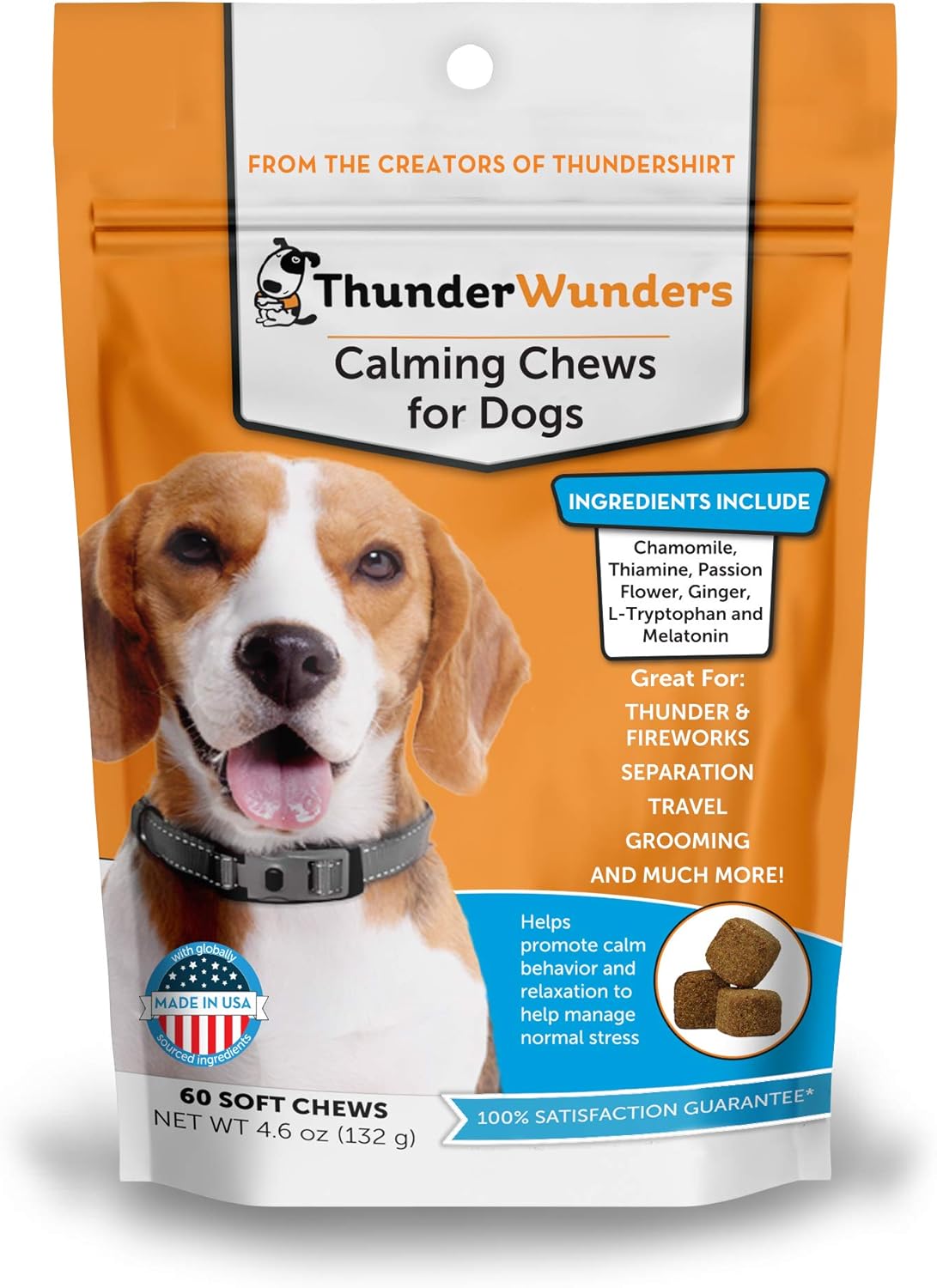 |
||
|
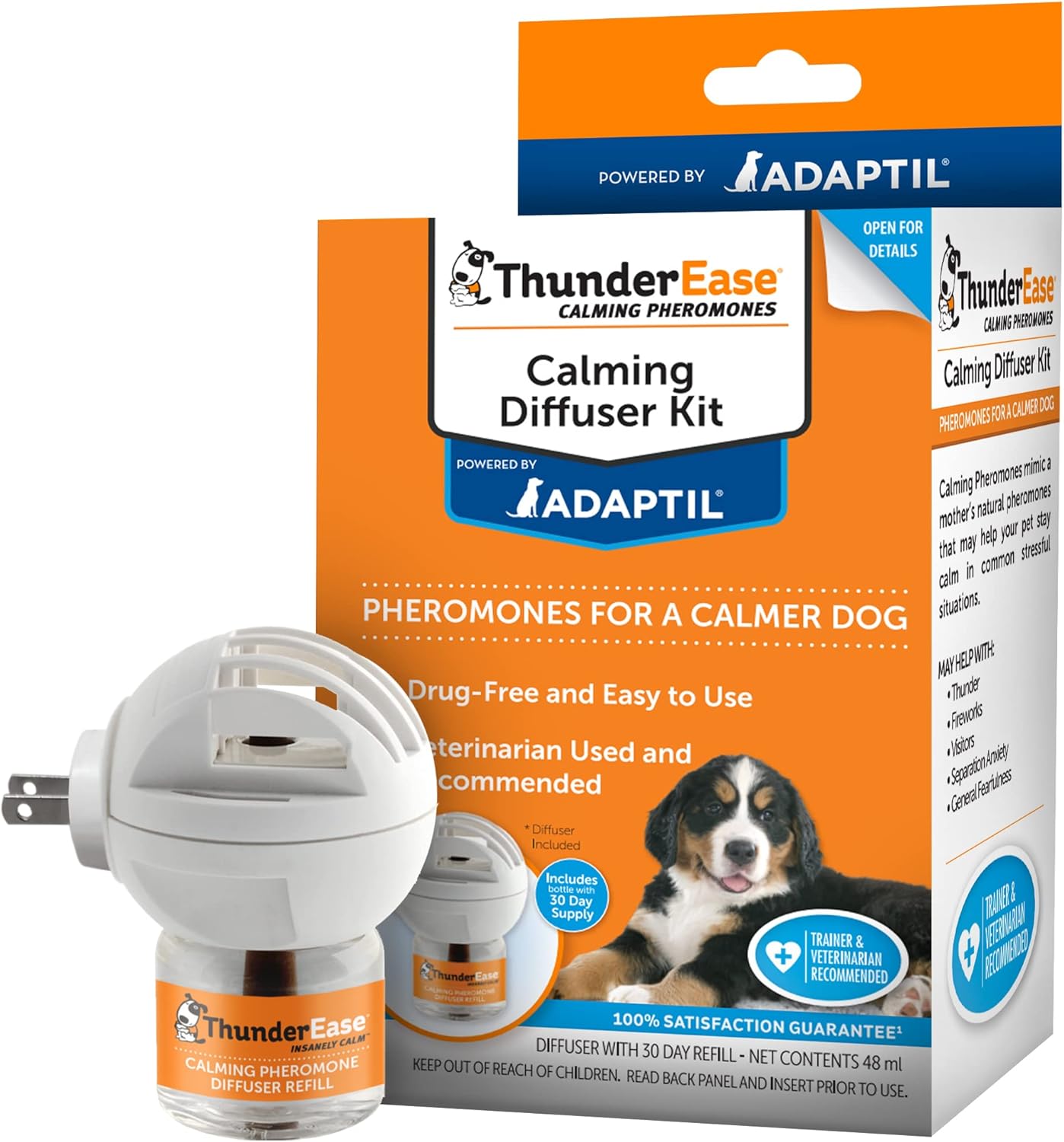 |
||
|
 |
||
|
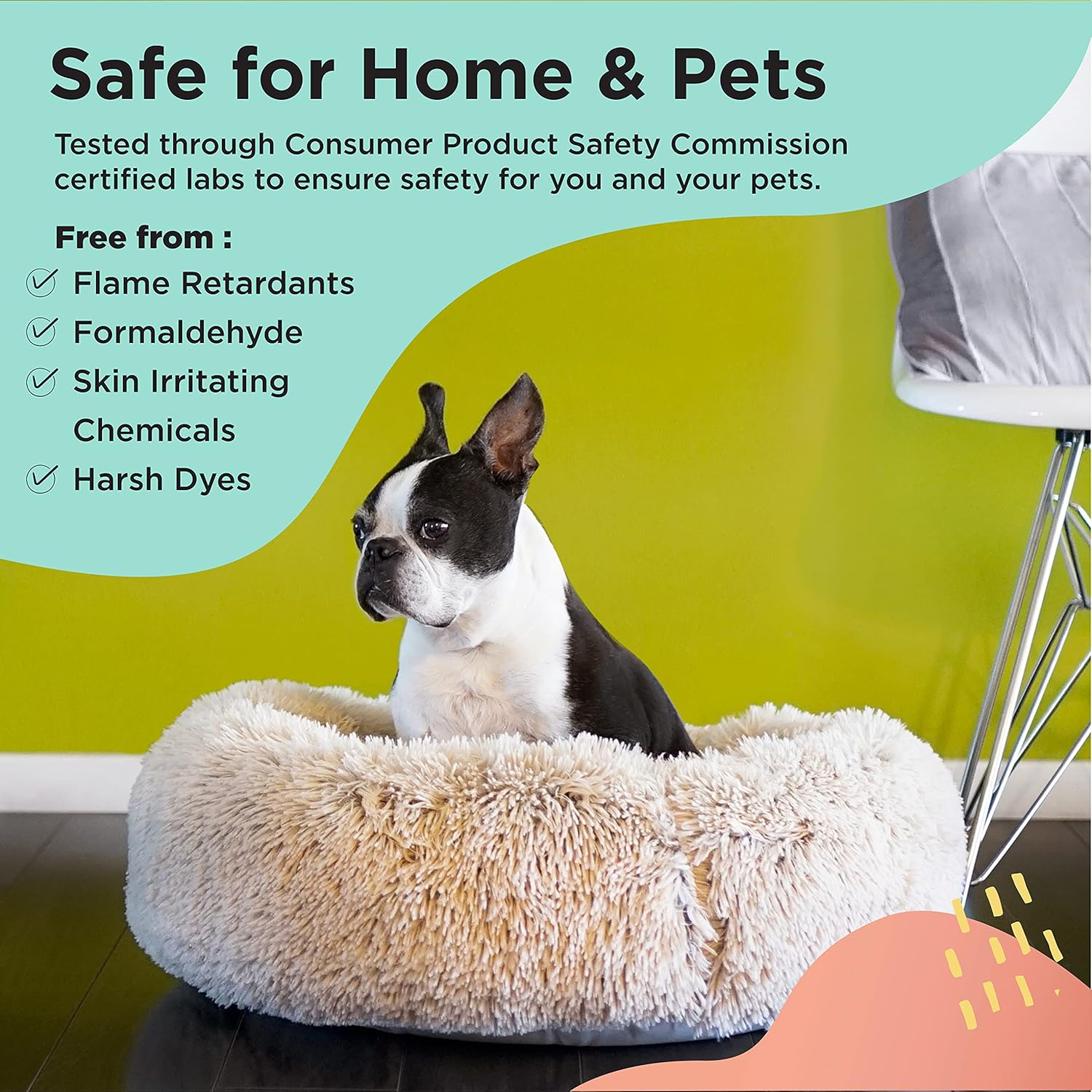 |
||
|
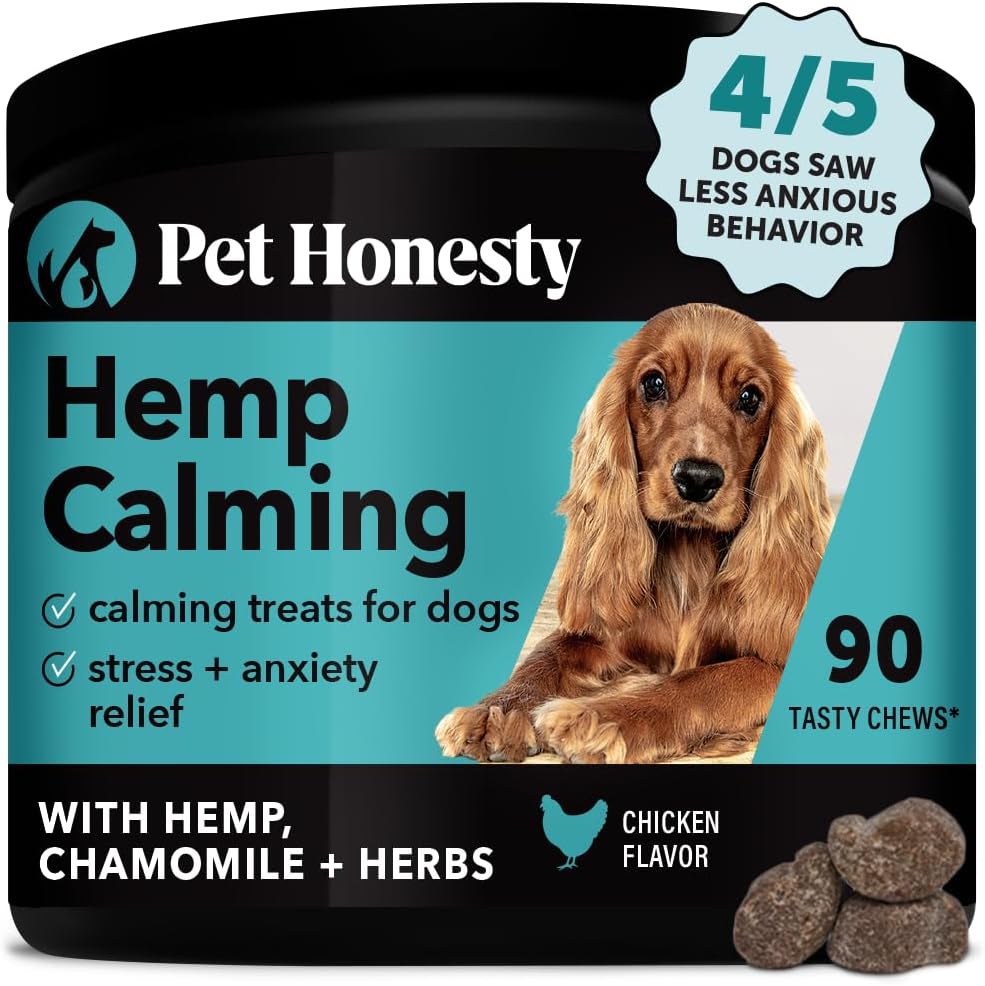 |
||
|
 |
||
|
 |
||
|
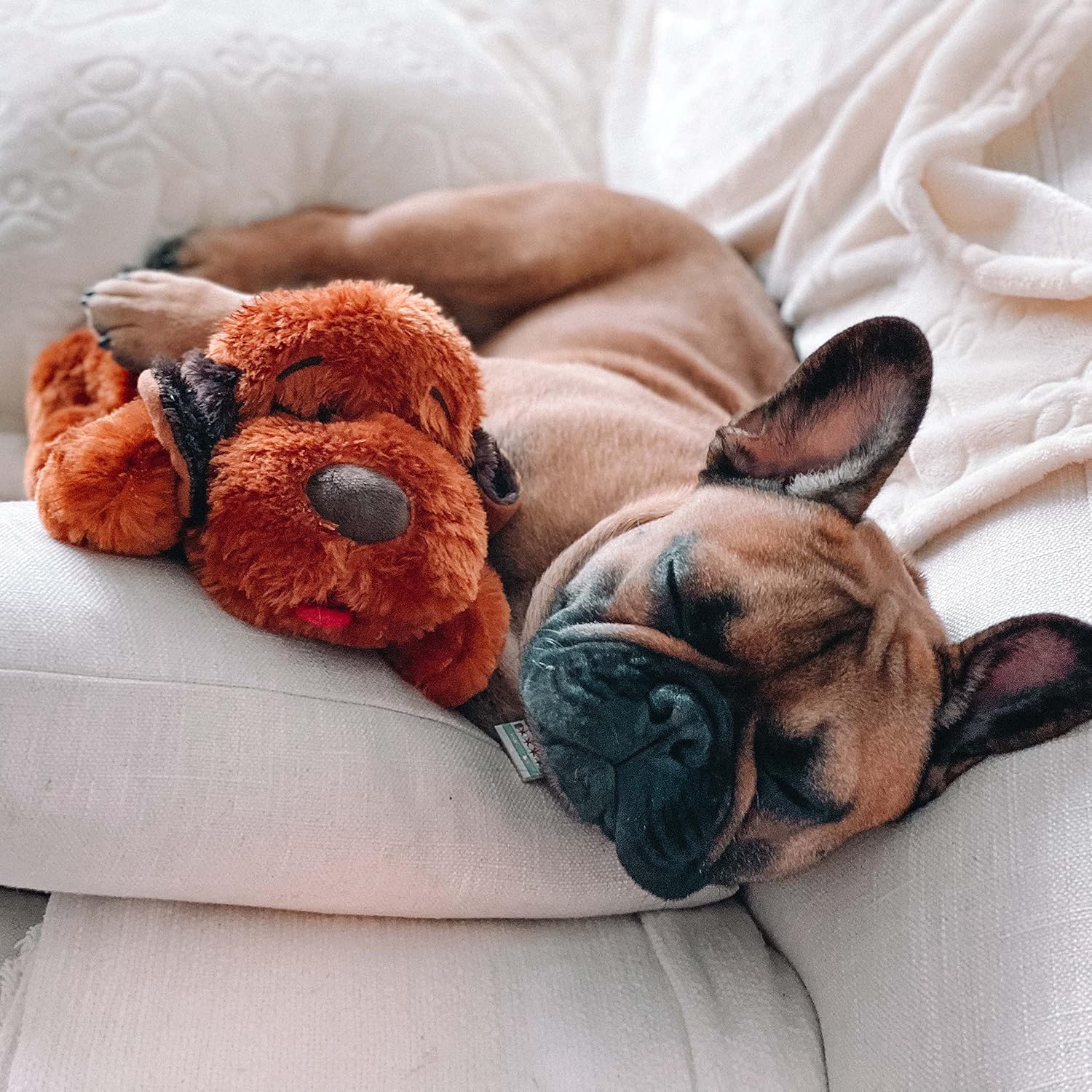 |
||
|
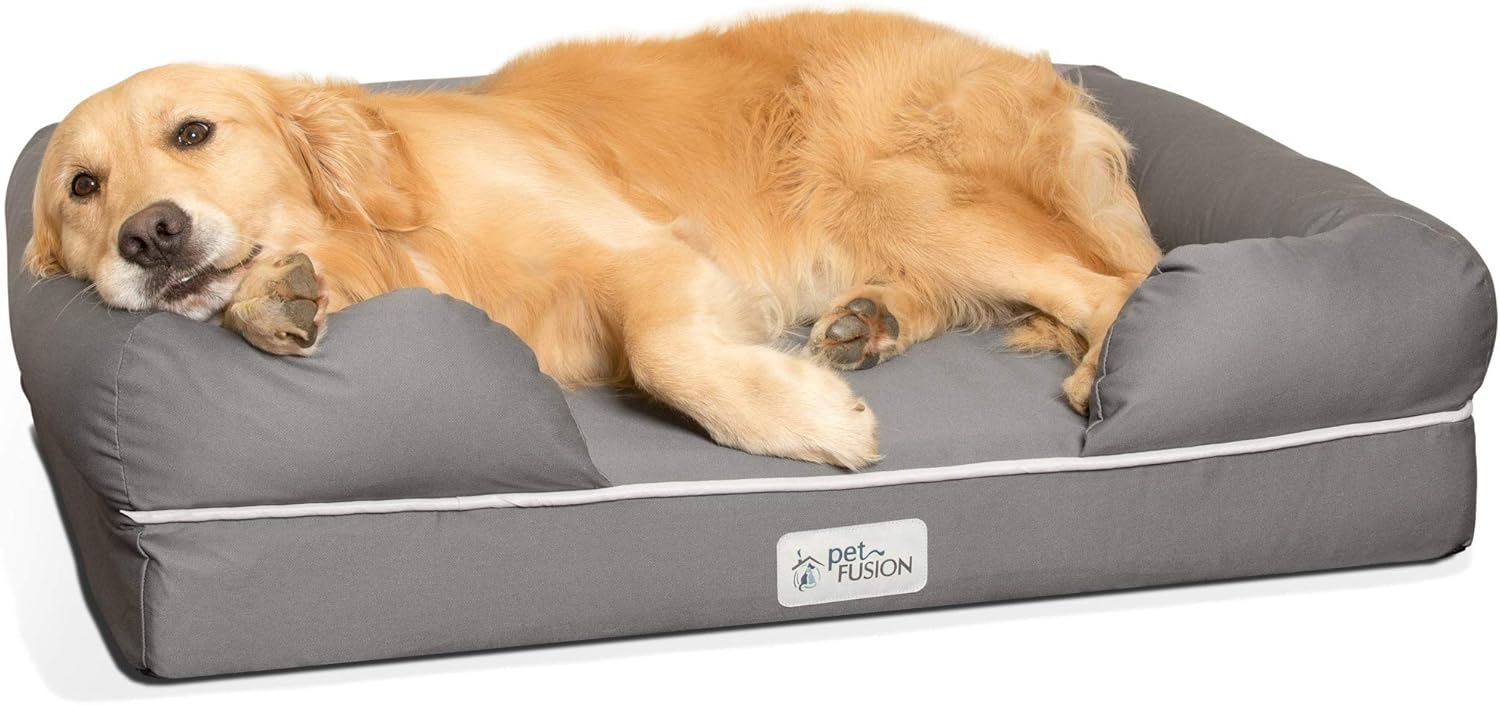 |
Conclusion
Helping a fearful dog overcome their anxieties requires patience, understanding, and consistent effort. By focusing on building trust, creating a safe environment, and gradually exposing them to fear triggers, you can guide your dog toward a more confident and relaxed state. Using positive reinforcement, routines, and professional support when needed ensures that your dog feels secure and supported throughout the entire process. Each small success builds toward long-term confidence, allowing your dog to navigate the world less fearfully.
While the process of addressing fear in your dog can be challenging, it is also advantageous. Every dog is unique, and progress may come slowly, but with compassion and commitment, you’ll see positive changes. Remember that your dog’s journey toward confidence and comfort is a marathon, not a sprint. By respecting their pace and reinforcing positive experiences, you’re helping them live a happier, more fulfilling life. Your dedication and love are the most powerful tools in transforming your fearful dog into a more secure and joyful companion.

